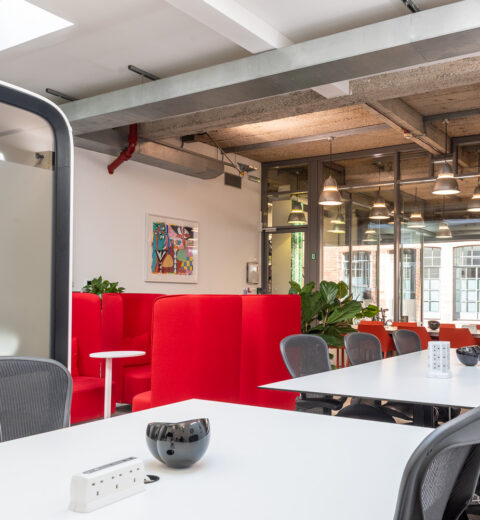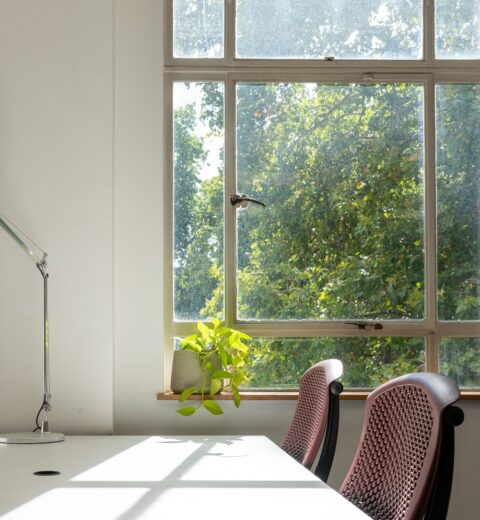Interior Designer Meets Architect: 5 Reasons A Collaborative Approach Produces Better Results
The way by which a building comes into being to

Role of an interior designer
Essentially, the role of an interior designer is to manage, plan and execute the design elements of the interior of an area. Its management function includes selling advice. As that advice directly impacts the wellbeing and safety of consumers, it must be qualified and independently measured. Ill-informed advice will incur a cost, delay and risk to the consumer.
Upon planning and executing the interior design, the designer must possess the appropriate skill set and knowledge of design technicalities, function, costing, and aesthetics. Ultimately, the end goal is to create a space that is both functional and visually pleasing; as well as a space that enhances the wellbeing and safety of its residents.
In doing so, the designer has a plethora of elements of which to manipulate to enhance the value of internal space. These include; flooring, windows, walls, lighting, furniture, doors and miscellaneous design items. It is by no means a new profession. Earliest accounts of interior design can be traced back to early prehistoric humans who decorated their dwellings with elemental tools and drawings.
Role of an architect
The architect plays an important role in the construction and they are responsible for the visual appearance of the building and the structures that make it. Architects develop design plans for various types of spaces and buildings. They deploy their creative ideas and visions to satisfy the client, and put to work their knowledge and expertise to satisfy building laws and regulations of the State.
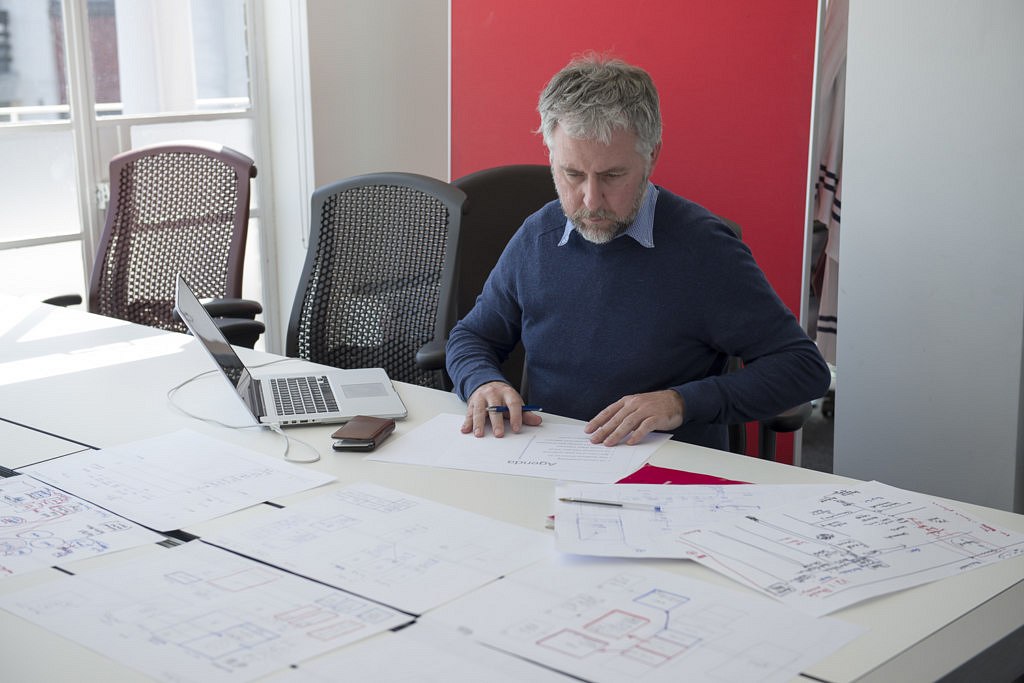
Architects must possess both an artistic and functional mind for the design of structures. Modern architecture is based upon new and innovative technologies of construction- in particular, the use of glass, steel, and reinforced concrete. Further, the 21st century stimulated the creation of designs to enable the use of fewer materials in more sustainable ways.
Architects, therefore, are responsible for the planning and designing of the exterior of a building, using smart design technologies- optimising the use of material. They have control over the placement, form and function of elements such as ceilings, walls, and windows. These
Evidently, the architect and the interior designer must both deploy their expertise into a building to produce the final product, desired by the client. Technically, they can work separately; however, by coming together they form a design team with complementary expertise and vision. At the start of a project, they can mutually define roles, responsibilities and communication protocols. But that’s not all; collaboration between these two professionals can result in the most seamless sensory experience intended by both designers.
Here are 5 reasons why Architects and Interior Designers should be working together to maximise their contributions to the overall design of a building.
- The exterior should complement the interior
Whether the building in question is a residential home, a commercial office, an exhibition space, or a school; it should be built and designed to complement its functional internal purpose. One way this is made possible is for the designer of the exterior to collaborate with the designer of the interior. Each should be made aware of the plans for both. In doing so, each party can ensure their designs complement and accommodate for the design of their counterpart. Consequently, the final project should reflect a seamless and fitting design of form, function and style.
- The importance of lighting
Vision is arguably the most important sense through which to appreciate our surrounding environment. Lighting enhances the way we perceive both the structure and architectural form of a building; and draws attention to the textures, colours, and furnishings of the space.
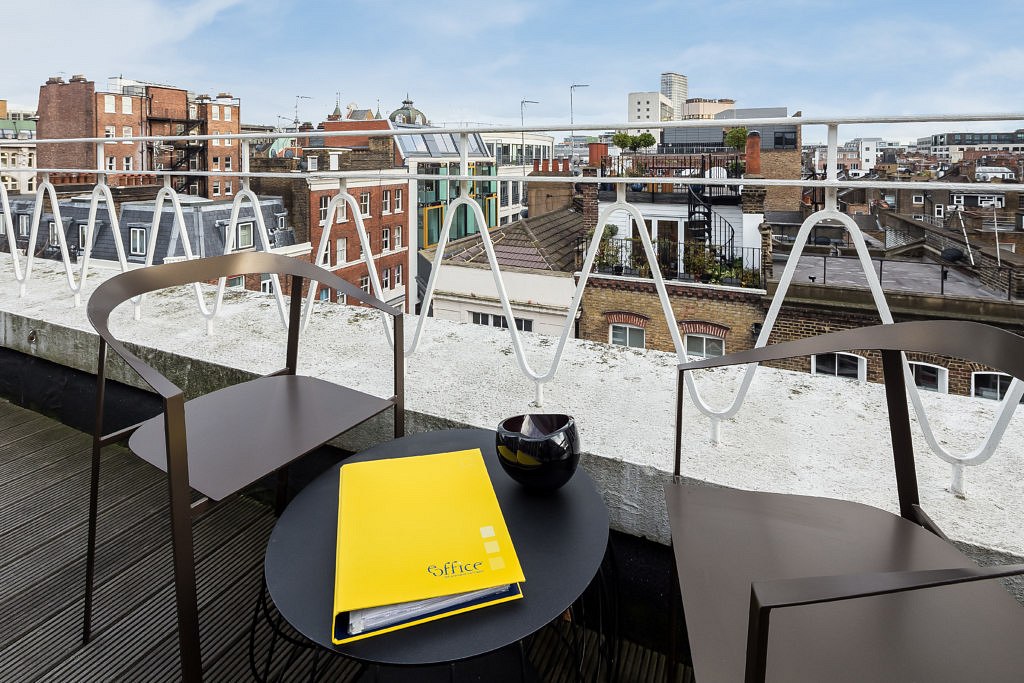
Upon planning the construction of a building, the architectural placement of windows as a source of natural light should be discussed with the interior designer. People spend a large proportion of their lives indoors, and scientific evidence has made clear, the link between a good source of natural lighting and wellbeing. For both the architect and the interior designer, lighting is a crucial element in their design schemes and should be planned together to maximise the impact of light.
A central responsibility of the interior designer is to enhance the value of the internal space for its residents. Creating ‘healing homes’ and productive office working environments depend heavily on the efficient use of interior lighting. It has the ability to change the mood, perception and value of a room.
- Ceilings are central to both
The architect designs where to have the ceilings- or whether to have them at all (exposed ceiling). In some cases, the ceiling will already have been implemented by the time the interior designer arrives. If the height of the ceiling plays a fundamental role in determining the mood and style of the room- it is indeed an element to be discussed and planned ahead.
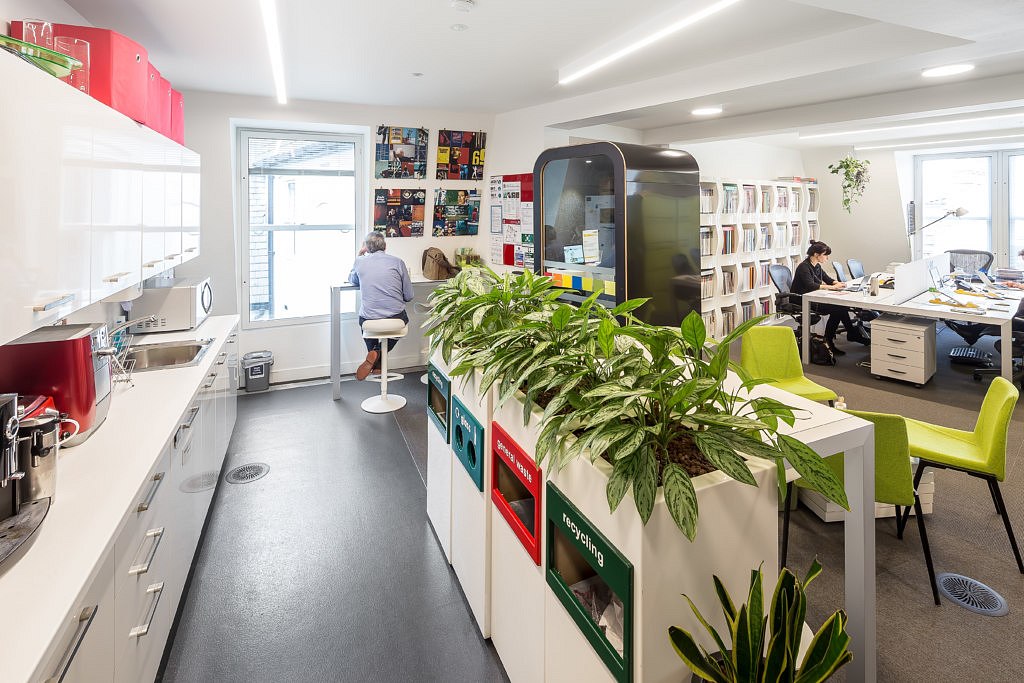
Through effective collaboration and communication; the height and style of the ceiling should accommodate both the architect and interior designer’s creative vision.
- Tile, woodwork and door selections
Whilst these seem like material elements that should be entirely at the disposal of the interior designer, they are often integrated into the works of the architect. A selection of interior finishes overlaps between the works of both the interior designer and architect. Woodwork in particular- from skirting boards to door frames are often constructed under the creative vision of the architect.
Ideally, these decisions will be made in conjunction with the creative vision of the interior designer. Along with the layout of the space, the placement of doors and use of certain materials; a highly informed design team will ensure a harmonious and seamless space.
- Floorplanning
A floor plan will be drawn to scale before the construction of the building. The view from above will show the relationship between rooms, spaces and other physical features on one level of a structure. The same floor plan, created by the architect, will be assessed by the interior designer to measure floors, doors and pertinent furniture to decide what they will do with the space.
The importance of designing the interior simultaneously with the architect is realised in cases where you have beautiful spaces and no place to put the TV. In other cases, when an architect does not consider furnishings in their plans, the resulting rooms often lack function. Floor plans, including any changes, should be shared on both sides of the design process to ensure each room sizes up adequately for design purposes.
Photo Credits: eOffice

